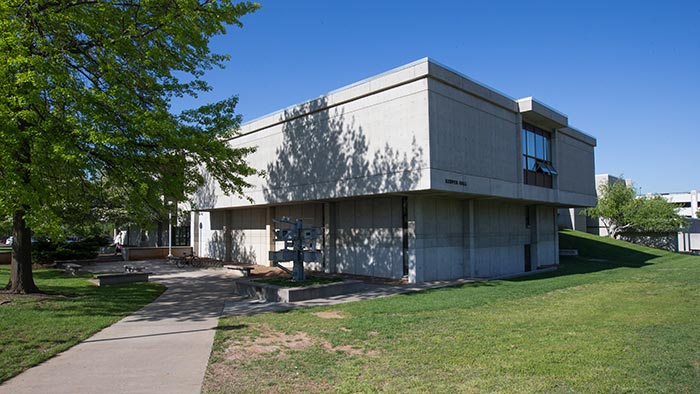
PAMS Seminar: "The Story of Transition Metal Chalcogenides: Multifaceted Electrochemical Applications for Energy Conversion, Storage, Sensing & Catalysis" by Dr. Manashi Nath

- Date and time
- 4:00 PM - 5:00 PM, November 10, 2022
- Description
Dr. Manashi Nath
Department of Chemistry
Missouri University of Science and TechnologyAbstract:
Transition metal chalcogenides have recently been explored for several electrochemical energy-related applications with focus on sustainable energy conversion. We have explored electrocatalytic properties of these TMCs focusing more on elucidating the surface evolution under operational conditions and correlating solid state chemistry with electrochemical properties. Several TMCs have been identified as highly efficient electrocatalysts for water splitting. Our main design principle is based on the idea that chalcogenides will show much better electrocatalytic activity for oxygen evolution compared to the oxides. It has been proposed that the chalcogenide surface evolves into a mixed anionic (hydroxy)chalcogenide active phase. We are investigating this interface evolution hypothesis through experimental studies and integrating with DFT. The electrochemical tunability of these TMC surfaces along with their increased lattice covalency has also led to development of the concept that some of these compositions can enhance carbon dioxide reduction. We have focused on Cu and Ni-based chalcogenides based on the hypothesis that higher d-electron occupancy of the TM within a covalent lattice will lead to better adsorption of intermediate CO on the surface through enhanced metal-to-ligand back-bonding, which in turn leads to longer dwell time and subsequent reduction of the CO intermediate to higher carbon content reduction products. We have discovered copper chalcogenide and nickel chalcogenides as highly active electrocatalysts for CO2 reduction to C2 and C3 products with high selectivity. The functionality of TMCs has been expanded even further by identifying their electrochemical activity towards small molecule such as glucose, dopamine, serotonin oxidation that makes them applicable as biosensors. We are trying to understand the intricacies of TMCs with respect to their electronic, bonding, and transport properties in an attempt to understand their electrochemical tunability and facile intermediate adsorption on the surface. The over-arching goal is to achieve proper insight regarding the structure-property correlation of these transition metal chalcogenides and integrate them into functional devices through nanostructuring and interface engineering.- Event sponsor
- Physics, Astronomy and Materials Science
- Admission
Free
- Open to public, alumni, current students, faculty, future students, staff
- Location
Additional information
- Event contact
- Tiglet Besara
- Assistant Professor
- tigletbesara@missouristate.edu
- 417-836-6298
- Visit website
